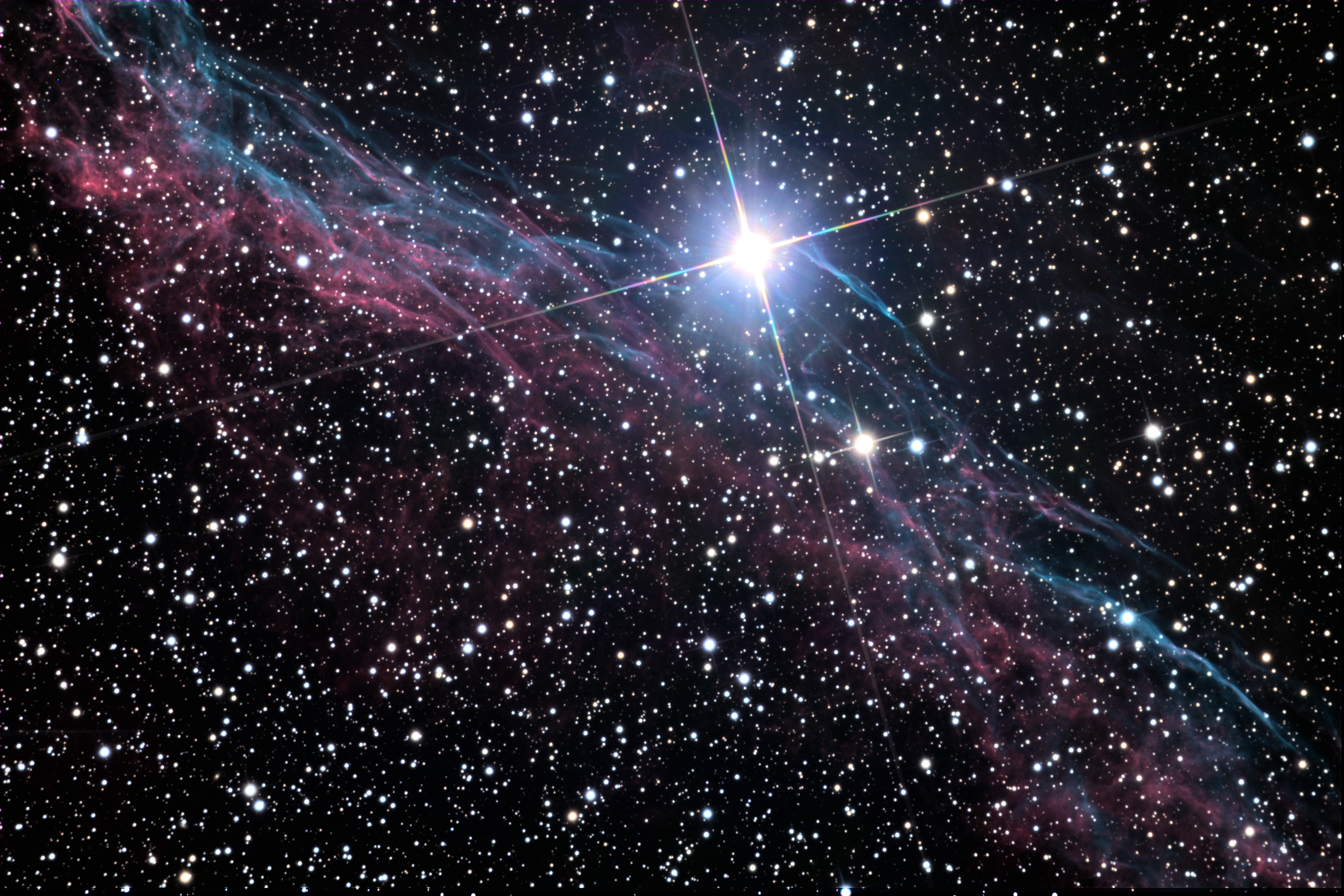As you are reading this, you are currently hurtling through space on a remote chunk of rock, covered mostly in water and protected by a thin layer of atmosphere, at a speed of about 460 metres per second. This tiny chunk of rock, which we call Earth, is only a fraction of a much larger Solar System, which is also whirling around our Milky Way galaxy at about 220 kilometres per second. And it doesn’t stop there — our galaxy is also speeding through space, along with other nearby galaxies, at about 1,000 kilometres per second.
Just in case you forgot.
Those of us who aren’t science students usually don’t spend too much time contemplating the vastness of the universe, or the strange and wonderful ways in which it works; we leave it to the mathematicians, the astrophysicists, those who study in labs rather than libraries and with microscopes rather than Marlowe.
But in astronomy, the study of celestial bodies, there’s something valuable to be learned by everyone: a better understanding to be gained about what our real place in the universe is, and a healthy amount of perspective on just how important we really are (or aren’t).
Our universe is an enormous work of art, and we are only one pixel of that artwork.
As a latecomer to the study of astronomy, my biggest hurdles have been wrapping my head around how big everything is, how fast it all moves, and just how much of it there is. I’m sure this is a common problem for those who’re just learning about the nature of our universe — how there’s so much in existence that’s much too big or much too small for us to really comprehend.
Pop scientists like Brian Greene and Carl Sagan do their best to translate these ideas with aphorisms and analogies, but the realization that we are only an infinitesimally tiny part of the universe is hard not to take personally. It’s the reason it took so long for our species to understand our Earth wasn’t at the centre of some grand, unified system — after all, how could we not be the centre of the universe? There will always be something comforting in the thought that we are special and unique, that there is nothing out there quite like us.
Of course, this couldn’t be further from the truth. We are surrounded by galaxies and moons and faraway planets so big and so small they defy comprehension. It’s highly unlikely that we’re the only planet to sustain life, and mathematically probable that some of these life forms bear resemblance to us. We have learned more about the universe in the past two centuries than the rest of human history combined and we still don’t know much about it.
As with most sciences, the study of astronomy is full of uncertainty; the unsolved mysteries of astronomy seem to only dwarf us further, to make humans seem even less meaningful. But my growing love of astronomy doesn’t make me feel small or insignificant. In fact, it’s taught me more about what my so called purpose on this Earth really is than most other things ever could.
I’ve never been a religious person — the idea of a higher power has never appealed to me. But in astronomy, in looking up at the stars and knowing that there are innumerable complex systems and designs that we still only partially understand, I feel the sense of humility and wonder that people describe when they think of God or other religious figures. The more I learn, the more fascinated I become.
For me, knowing more about the Earth’s place in the cosmos has helped me to understand how we, as humans, make our own meaning. We know what those living only a few centuries ago didn’t: that our universe is an enormous work of art, and that each of us amounts to about a fraction of a fraction of a fraction of a pixel of that artwork.
But that doesn’t have to be a scary thought.
No one understood this better than Carl Sagan, whose genius for science was only matched by his generosity in sharing that knowledge with the world. In 1990, only a few years before his death, Sagan requested that the Voyager 1 space probe turn its camera back on the Earth from a distance of around six million kilometres — the now-famous image it took shows our planet as a tiny blue dot floating in the darkness of deep space.
“That’s here,” he wrote in his book Pale Blue Dot, named after the photo. “That’s home. That’s us. On it everyone you love, everyone you know, everyone you ever heard of, every human being who ever was, lived out their lives.” In forcing us to take a look at ourselves from outside the context of our own world, with its own share of horror and beauty, he helped us to put ourselves in perspective.
“There is perhaps no better demonstration of the folly of human conceits than this distant image of our tiny world,” he said. “To me, it underscores our responsibility to deal more kindly with one another and to preserve and cherish the pale blue dot, the only home we’ve ever known.”
Of all that astronomy has to teach us, this might be its most important lesson. Looking up into the night sky, it’s easy to forget that each tiny speck is another world, and that for every one light there are millions too dim or too far away to see. What we do on Earth isn’t made insignificant by the scope of what’s around us; if anything, our knowledge of what’s out there, however incomplete, is a testament to how far we’ve come, and how much further we’re capable of going.

